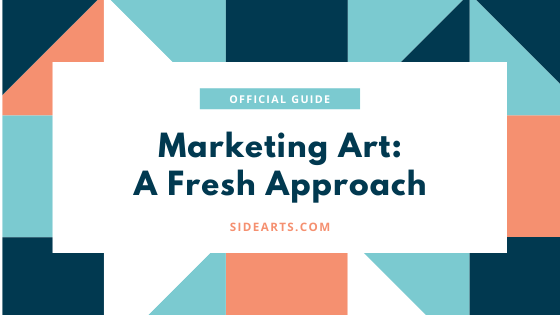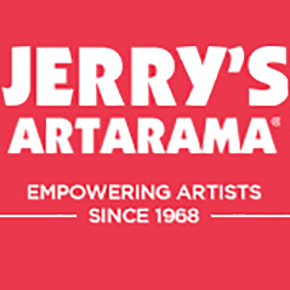I talk to countless people about their professional lives and I cannot tell you how many times I have heard someone tell me, “Oh, I just kind of fell into this job.” Those same people who tell me this, often, follow it up later by mentioning just how stressed out they are all the time. Does this sound familiar as it relates to your job, hobby, or marketing art?
Starting Out
We all know the story. We fall into one job right after college, get some experience in that role, and realize we don’t really like that job. So, we use that experience to find another job in that field at another organization in hopes that it will be different this time, but we end up unhappy there too. This cycle continues until suddenly five, ten, or twenty years have gone by and we are well into a career we didn’t even want to begin with!
We spend one third of our lives at work! If you are spending one-third of your life doing something you just fell into and don’t even want to do, it is no wonder you are stressed out all the time. Worse, chances are that you are bringing that stress home with you to your family and friends. All of this stress because we fell into this job. That is why setting intentions in your life and career is important.
Setting Intentions
When I ask people what their intentions are in their careers, many people have one: I need to earn more money. While more money can be an intention, the bottom line is that money cannot buy peace of mind. A study was done recently that says that after you reach about $75000 a year in salary, an increase in your annual salary doesn’t make a significant difference in your happiness (look it up!).
Yes, money can buy you a massage and food on the table. That is great. However, that partner of your dreams, that sense of joy and happiness for life? Money is never going to buy you the things that fuel your soul. You have to go beyond just the money intention.
Create A Plan
Setting intentions is incredibly important, especially at the beginning of the year. Take it one step at a time. Start out by waking up in the morning and setting your daily or weekly intention. Monthly, quarterly, annual – take a look at what you want to get from this life and set your life’s intention.
I invite you to try a different approach and focus on your career intentions. Money may be a part of your intentions. Go beyond that. Consider how you want your career to make you feel. What do you want to have? Who do you want to work with? What is the real intention that will drive your decisions?
When you create that intention, it creates a guiding beacon of light on your path. Use that intention. Ask yourself if that new job offer or relationship is going to lead you to the intention you have set in your life or career. If the answer is yes, go for it and give it everything you’ve got! If the answer is no, abandon ship! Not doing so is how we “fell into” jobs before.
—
 Carlee Myers is the Founder of the Stress Less Company. She is an expert at helping people use art and creativity in order to find their passion again. As a firm believer in creativity, Carlee helps people find their purpose in life through a combination of coaching, creative expression, and experiential activities.
Carlee Myers is the Founder of the Stress Less Company. She is an expert at helping people use art and creativity in order to find their passion again. As a firm believer in creativity, Carlee helps people find their purpose in life through a combination of coaching, creative expression, and experiential activities.




